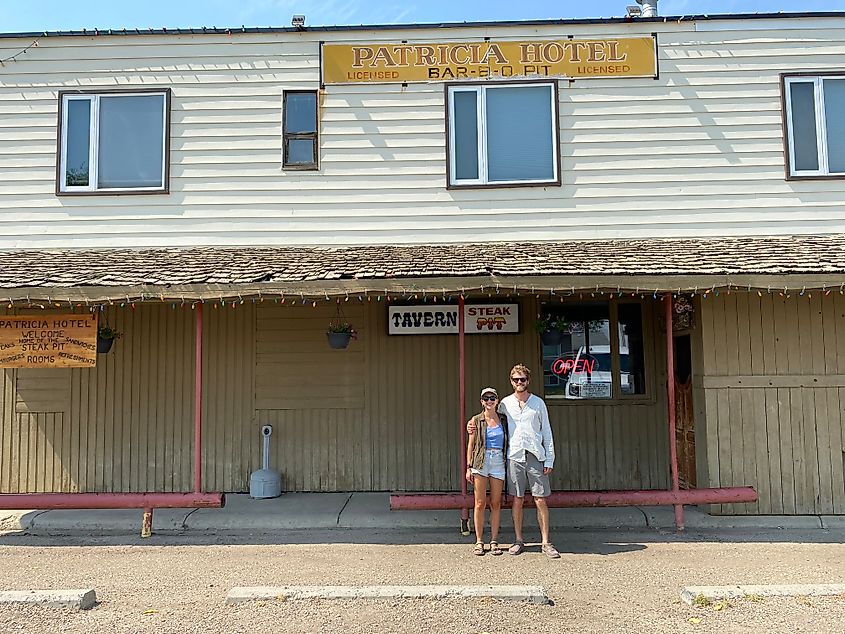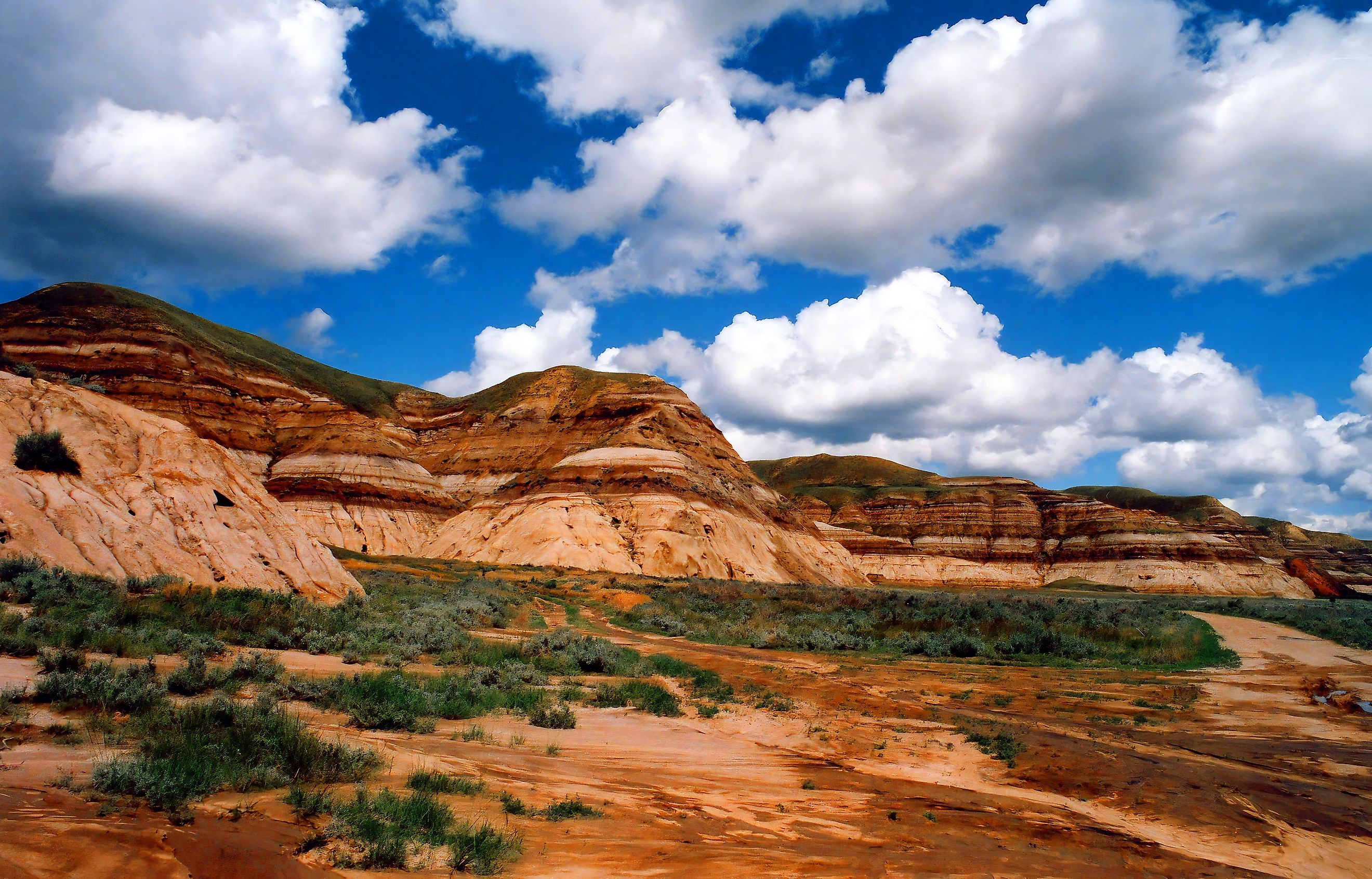
Visiting Alberta’s Top Dinosaur Hotspots
Alberta has the greatest diversity of dinosaur fossils in the world. That's right, even though this western Canadian province is best known for its Rocky Mountain landscape, the badlands to the east boast their own share of ancient giants. The striated grounds within Dinosaur Provincial Park have turned up hundreds of intact skeletons spanning dozens of species from the Late Cretaceous Period, aka "The Age of Dinosaurs." And less than two hours away, the quirky town of Drumheller - itself a magnet for fossils - hosts the incomparable Royal Tyrrell Museum of Paleontology, as well as a collection of colorful dino displays throughout its downtown core (including "The World's Largest Dinosaur"). Anyone looking to get up close and personal with the biggest creatures ever to have existed, while simultaneously touring Alberta's scenic prairies, needs to embark on this one-two road-trip punch. Here's what you can expect to find.
Prelude: Heading West
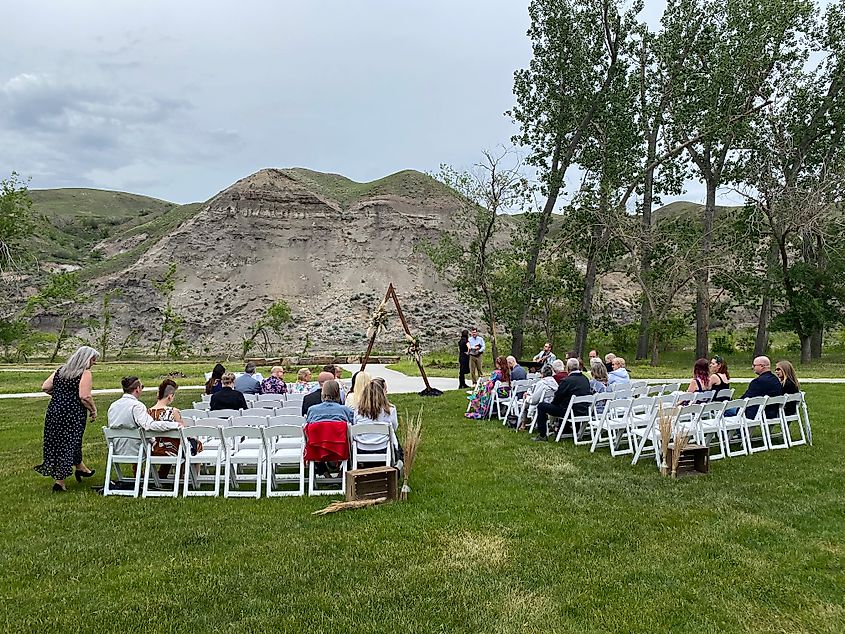
A friend's wedding was the impetus for a sizable, international road trip from Ontario to Alberta. As it turns out, Drumheller is more than just a roadside novelty (many a tourist has jumped out to take a picture with "Tyra," the 25-meter-tall T-Rex) or basecamp for the world-famous Royal Tyrrell Museum, it is a beautiful setting in which to tie the knot. The weeks leading up to the mid-June ceremony brought my girlfriend and I along Lambton Shores, to the quaint village of Tobermory and neighboring Bruce Peninsula National Park and Fathom Five National Marine Park, across Manitoulin Island, zig-zagging through the towns of Michigan's Lower Peninsula and Upper Peninsula, and then finally racing across the core of North America to make up time. As such, we were ready for a rest, and a different kind of exploration in the wake of the festivities.
Drumheller
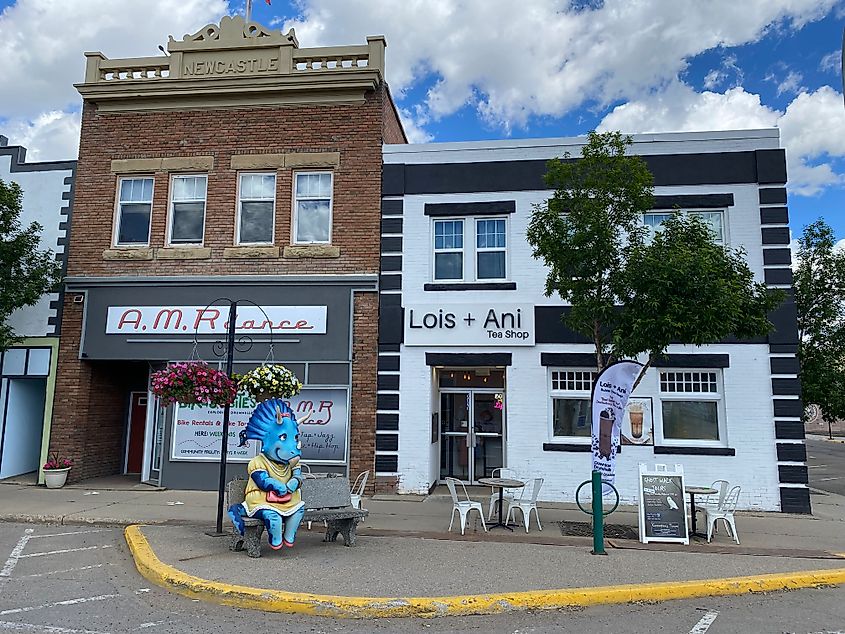
During my tenure in Calgary, Drumheller was one of those places that I passed through many times but never really stopped to appreciate. Sure, I looked forward to the drive into and out of the Red River Valley - carved over the eons in a way that shows the layers of time and teases a radically-different prehistoric environment - but I had neglected the downtown core and riverside/coulee trails. Somehow, more than a decade had also elapsed since I'd last visited the Royal Tyrrell Museum (home to one of the largest collections of dinosaur fossils in the world), which has upped its game even more in the interim.
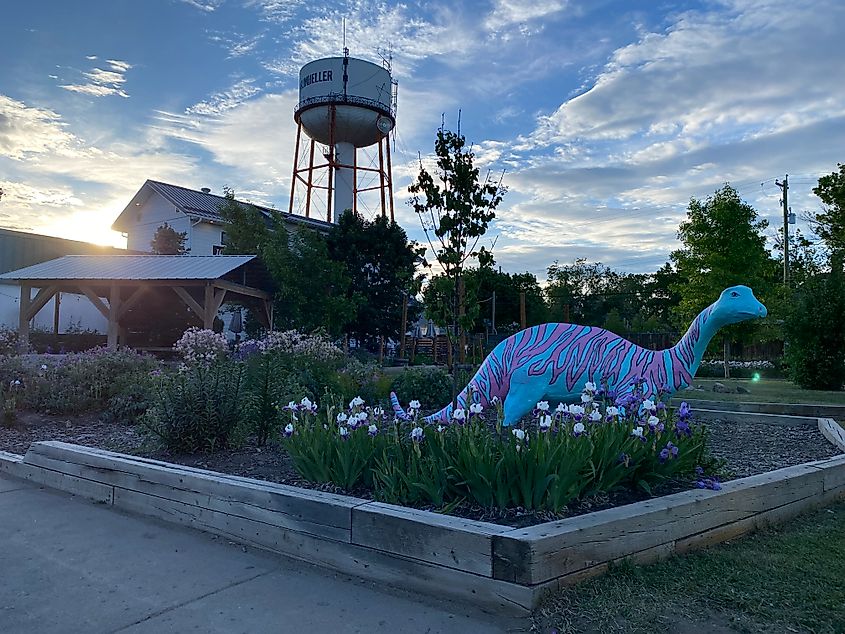
Though surely intended for kids, the various dinosaur sculptures that speckle downtown Drumheller really are a delightful novelty - one that stoked intrigue about the abundant fossil sites nearby, and reminded me that (although not to scale or anything close to accurate coloration) such reptiles used to lumber over these very lands. There is the Velociraptor atop Valley Brewing, the psychedelic brontosaurus (or rather, Apatosaurus) in the adjacent park beneath the water tower, the friendly Triceratops sitting on the bench outside of Lois + Ani Teashop, and of course, the gigantic Tyrannosaurus rex by the Visitor Center, with internal stairs leading up to its gaping mouth, thus affording views of the remaining dinos amongst the water park.
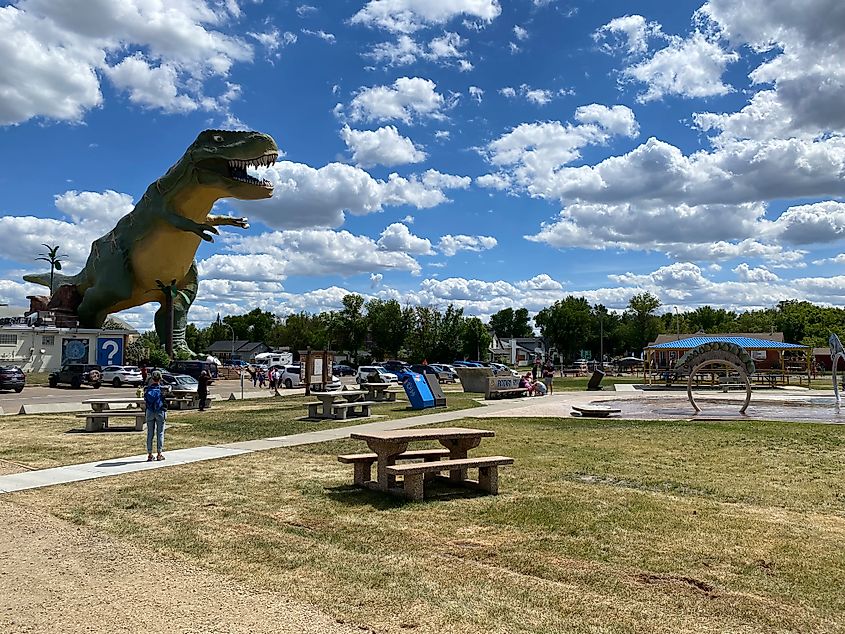
I suggest grabbing a coffee at Black Mountain Roasters and then scanning the few square-blocks for as many Cretaceous creatures as you can find (while also doing some window shopping, perhaps). Depending on your dates, you may even run into one of the many local festivals that roar into Drumheller, seemingly every month - whether its Cold Bones Fest in February, Boogie in the Badlands in May, or Go Badlands in August (to name a few).
Royal Tyrrell Museum
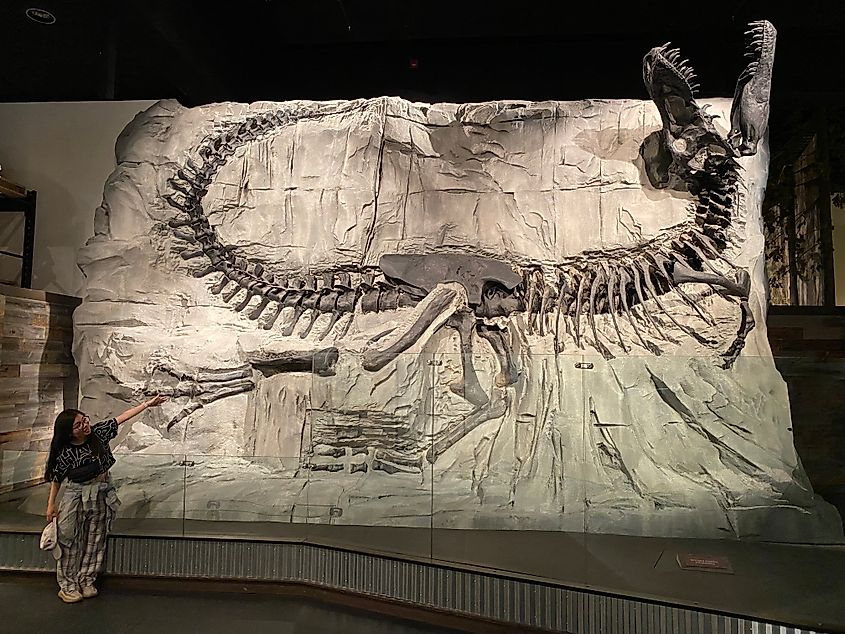
On the western outskirts of Drumheller, within the bounds of Midland Provincial Park, the Royal Tyrrell Museum of Paleontology is a guaranteed crowd-pleaser. What started as a scientific facility to support the region's treasure trove of fossils quickly evolved into a spectacular public gallery that now attracts nearly half a million people each year. The museum, which opened on September 25th, 1985, was named after Joseph Burr Tyrrell: a Canadian geologist who discovered a 70-million-year-old Albertosaurus skull in 1884, just outside of modern-day Drumheller.
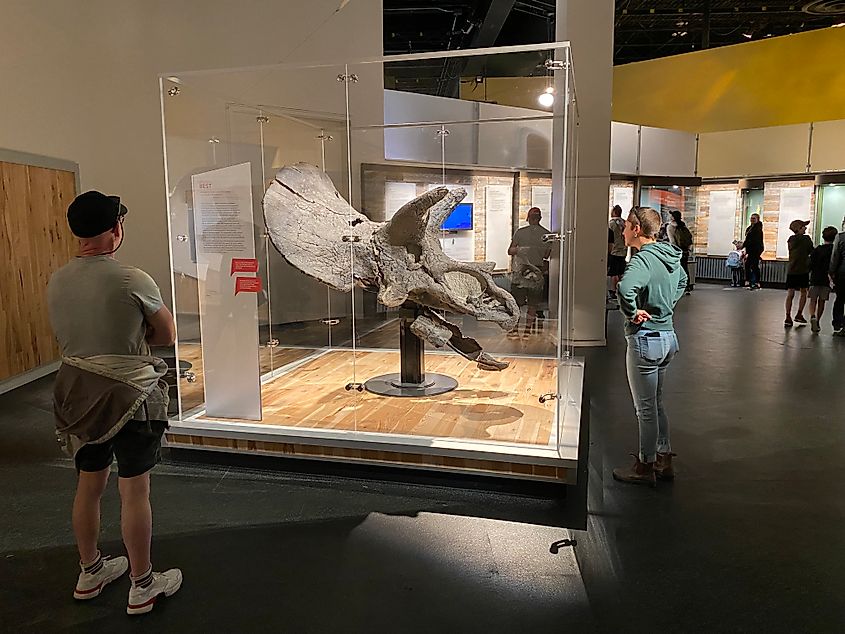
As it approaches its 40th birthday, the Royal Tyrrell Museum honors its namesake by displaying one of the most voluminous and compelling collections of dinosaurs imaginable. We're not just talking about speculative fragments and recreations, there are dozens of remarkably intact skeletons mounted throughout various exhibition halls. Such highlights include: Canada's most complete Triceratops skull, the contorted Gorgosaurus, the 21-meter-long ichthyosaur (the world's largest marine reptile), and the always iconic, life-sized Tyrannosaurus rex.
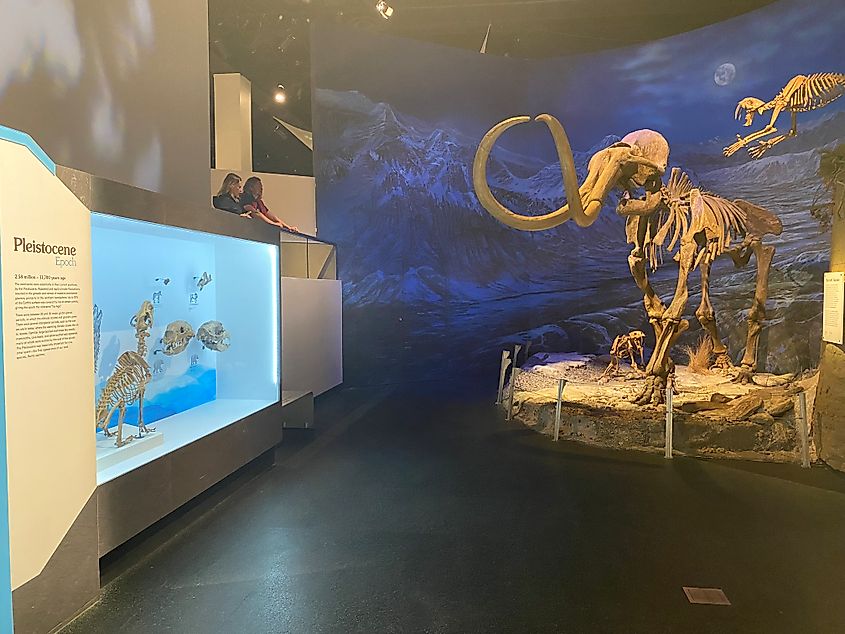
To complement its jaw-dropping dinosaur features, the RTM also focuses on Earth's early era, mass extinction events, Ice Age mammals, and modern humans. Furthermore, the museum gives a glimpse into its ongoing scientific projects (including recent fossil finds that are being prepped for display), and encourages visitors (particularly the kids) to join a wealth of group activities (such as a simulated outdoor dig).
The Badlands Interpretive Trail
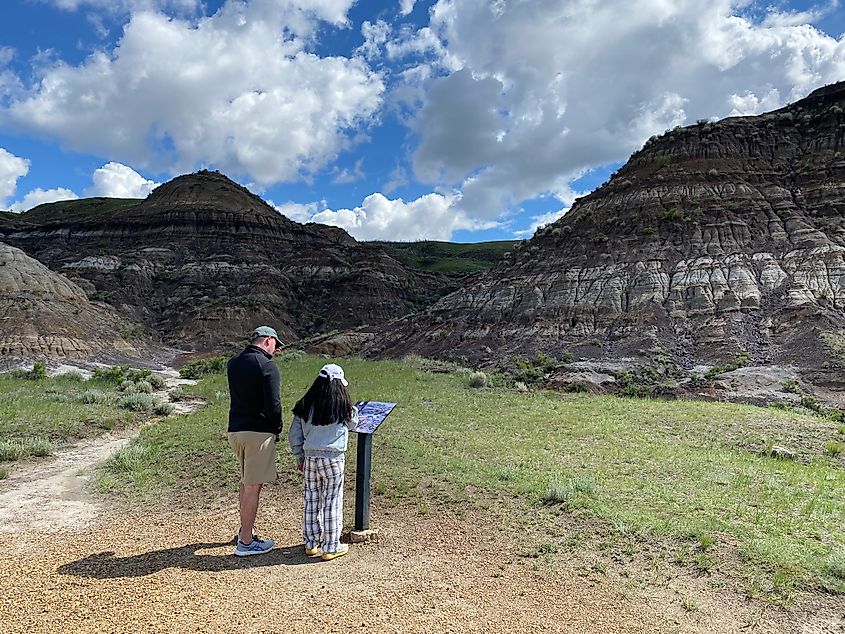
On either end of your museum experience, I highly recommend hiking the 1.4-kilometer Badlands Interpretive Trail, which begins right outside of the main entrance. This modest loop teases the provincial park's badland aesthetic, while also delving into the geological history of the ruggedly-beautiful landscape. And if you've just wrapped up a friend's wedding, it's a great way to shake off the excess champagne.
Dinosaur Provincial Park
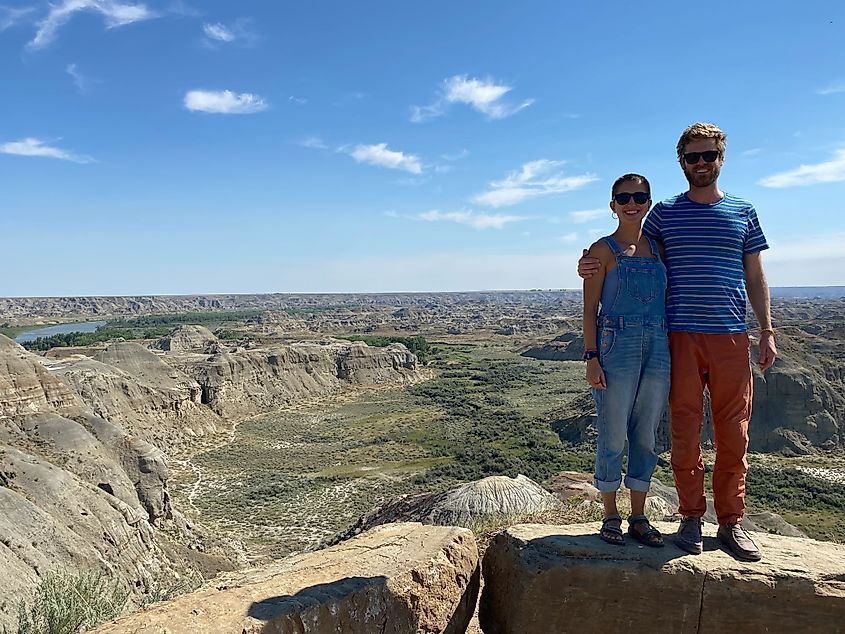
170 kilometers southeast of Drumheller, or 220 kilometers east of Calgary (depending on your travel plans), Dinosaur Provincial Park enshrines one of the planet's richest fossil sites. In fact, the 55 unearthed species (represented by 150 complete skeletons) constitute 4-5% of the dinosaurs known to science. Countless fossils belonging to turtles, crocodiles, fish, lizards, flying reptiles, salamanders, birds, and small mammals also continue to be found here on a regular basis. And while the fruits of these paleontological exploits are best enjoyed at the Royal Tyrrell Museum, this UNESCO World Heritage Site does have a couple tricks up its sleeve in the form of outdoor displays.
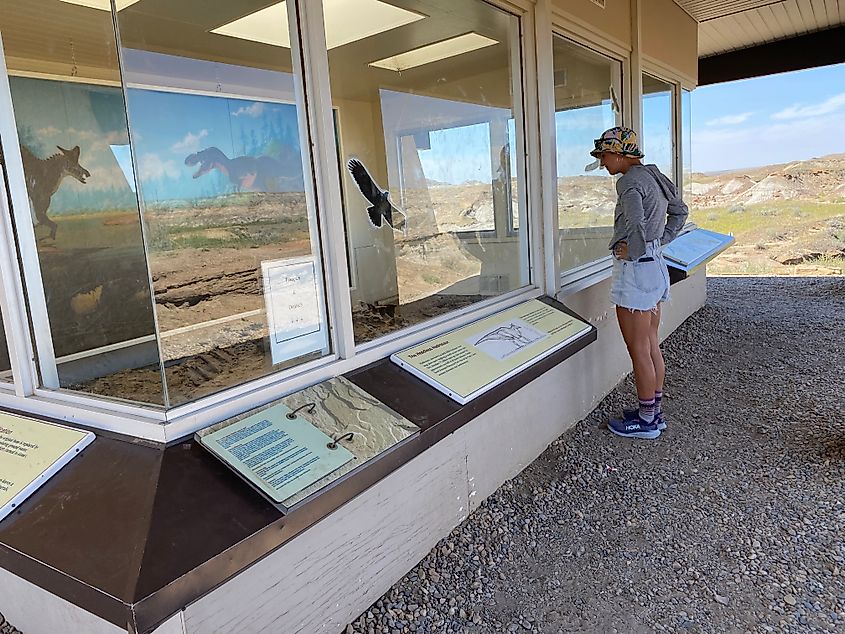
So while the provincial park's name might be a bit misleading in terms of the boots-on-the-ground experience for average visitors, the scenery more than picks up the slack. This 7,825-hectare property combines badland, prairie grassland and riparian habitats into one contrasting, yet synergistic region. The 24 short hiking trails (which amount to 20 total kilometers), scenic ring-road, and panoramic viewpoints successfully show off both the grandeur and finer details of this isolated park.
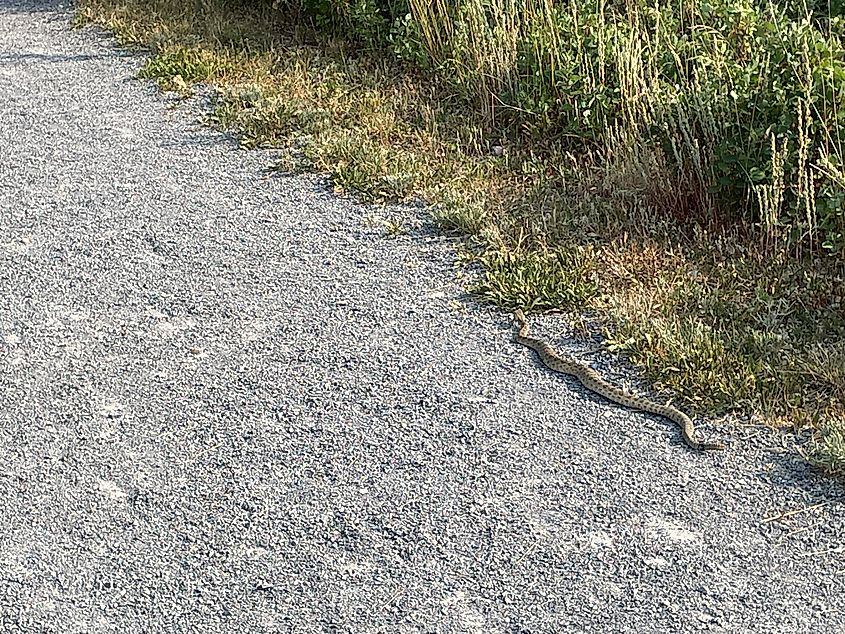
The flora and fauna further punctuate the experience. Cottonwood trees, flowering cacti, and blue grama grass support 160 species of birds (including the threatened ferruginous hawk and golden eagle), mammals such as the cottontail deer, pronghorn antelope, red fox, coyote, and cougar, as well as six species of snakes. As intended, we even got to see the coveted prairie rattlesnake (i.e. Alberta's only venomous snake) sunning itself on a riverside trail in the morning.
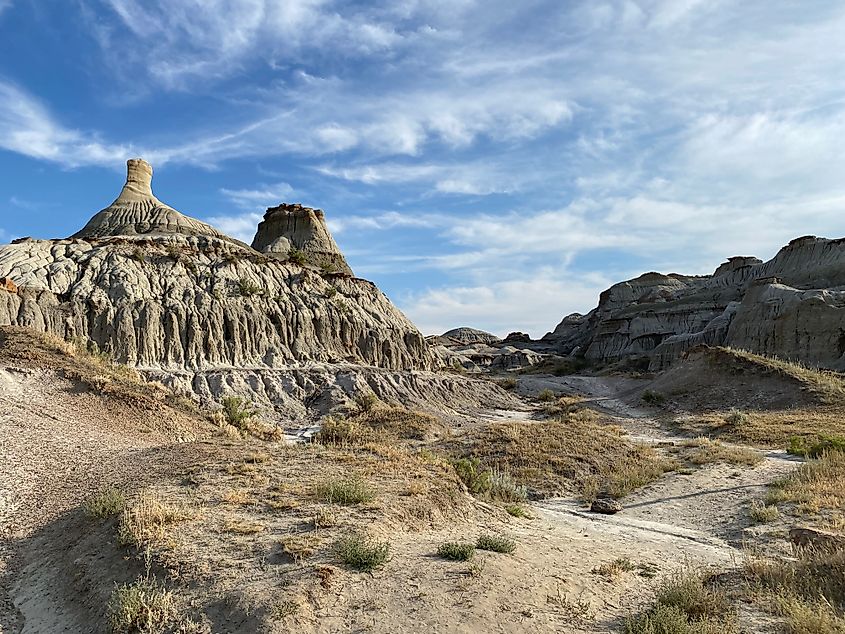
Irina and I snagged a campsite so we could thoroughly explore Dinosaur Provincial Park in multiple sessions, and to appreciate how the sun strikes the hoodoos and canyon walls in different ways from dawn to dusk. For those interested in doing the same, the campground is open year-round, and has 120 RV/tent sites (29 unserviced, 92 serviced), as well as seven comfort camping options. On that note, if the Dinosaur Provincial Park campground is full, or if you're looking to switch up the scenery during an extended trip, we absolutely loved Kinbrook Island Provincial Park. It's less than an hour away and injects an unexpected dose of paradise into the badlands blend. I thought we would just stop over there en route, but we ended up staying the better part of three days.
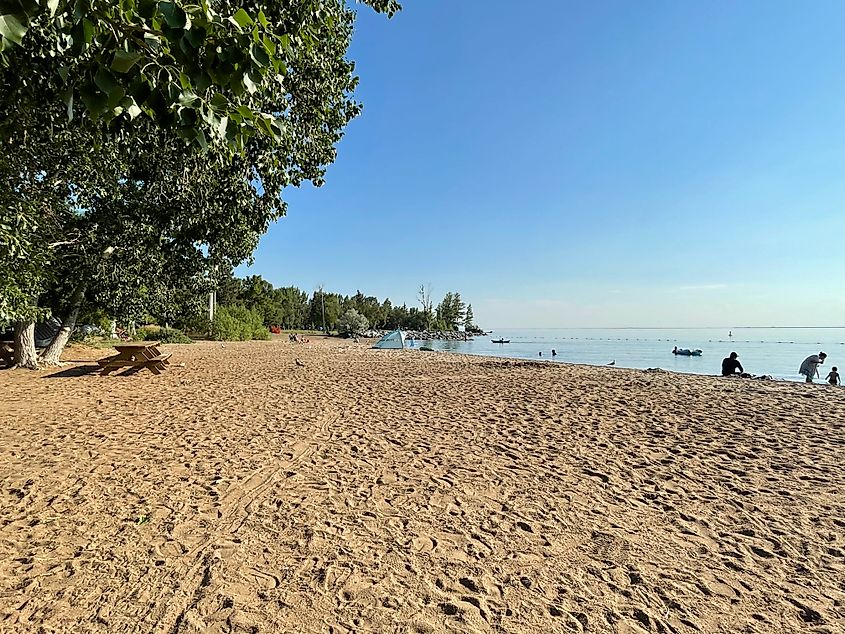
Parting Thoughts
There isn't a ton in the way of amenities near Dinosaur Provincial Park, but the hamlet of Patricia is certainly worth popping into (as locals love to suggest). The Patricia Hotel, built in 1915, is a fun little watering hole that lets you cook your own sirloin in a rustic saloon setting. Being vegetarian, we passed on the "Steak Pit", but did enjoy a cold pint while sorting through our mountains of photos and pondering our upcoming trip to Grasslands National Park - an overlooked treasure of Saskatchewan that I look forward to telling you about next.
